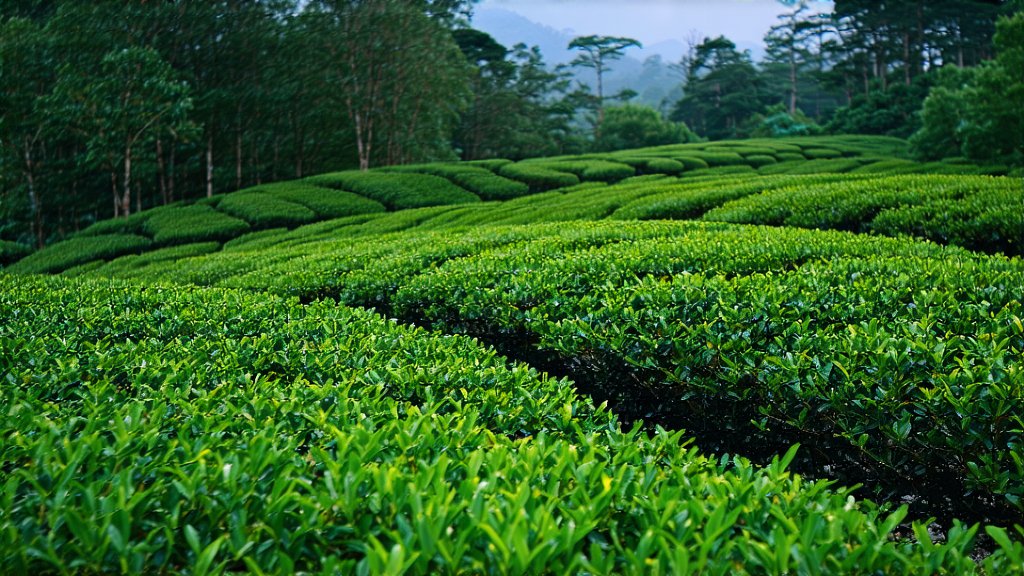
In the heart of China's Anhui province lies a treasure steeped in history and imbued with the essence of centuries-old tea cultivation practices. This treasure is none other than Keemun Black Tea, a variety that has captivated tea enthusiasts worldwide with its distinctive flavor profile and rich heritage. As we embark on this journey through the annals of Keemun, we unravel not just the story of a tea but the cultural tapestry that binds it to the land and people of Qimen County.
Historical Roots
The origins of Keemun tea can be traced back to the Tang Dynasty (618-907 AD), making it one of the oldest known teas in China. Its name, "Keemun," is derived from the Qimen County where it primarily grows, and over time, it has evolved into a symbol of Chinese tea culture. During the Ming Dynasty (1368-1644 AD), Keemun tea gained prominence as a tribute tea offered to the imperial court, further cementing its esteemed status. It wasn't until the 19th century, however, that Keemun truly made its mark on the global stage, particularly after the Opium Wars opened up trade routes between China and Europe. This period saw Keemun becoming a staple in British afternoon tea, earning it the moniker "Black Tea No. 1" for its exceptional quality.
Distinct Varieties within Keemun
Keemun Black Tea encompasses several sub-varieties, each with its unique characteristics shaped by factors such as altitude, soil composition, and processing techniques. Among these, two stand out prominently:
-
Gong Mei (宫眉): Often referred to as "Imperial Eyebrow," Gong Mei represents the highest grade of Keemun. Its leaves are carefully selected for their downy golden tips, resembling eyebrows, which contribute to a sweeter, more delicate flavor profile compared to other types.
-
Zhen Mei (珍眉): Meaning "Precious Eyebrow," Zhen Mei constitutes the second highest grade. It features a balanced blend of tips and leaves, offering a fuller body and more robust taste while still maintaining a hint of the floral notes characteristic of Keemun.
The Art of Craftsmanship
The production of Keemun Black Tea is an intricate dance between nature's bounty and human ingenuity. It begins with the meticulous hand-picking of only the top buds and youngest leaves during the spring season when they are at their most tender and nutrient-rich. This selective harvesting ensures the finest quality of the final product.
Following harvesting, the fresh leaves undergo a series of steps that transform them into the beloved beverage we know today:
- Withering: Leaves are spread thinly on bamboo mats under the sun or in shaded areas to reduce moisture content gently.
- Rolling: The withered leaves are then rolled either manually or using machines to break down cell walls, facilitating oxidation.
- Oxidation: Unlike green teas, black teas like Keemun undergo complete oxidation, allowing enzymes to convert polyphenols into theaflavins and thearubigins, compounds responsible for their dark color and complex flavors.
- Firing: To halt oxidation and remove any remaining moisture, the leaves are heated in large woks or drums. This step also develops the tea's aroma and fixes its flavor.
- Sorting and Grading: After firing, the tea is sorted based on leaf size and quality, ensuring consistency across batches.
Savoring Keemun: A Sensory Experience
To fully appreciate Keemun Black Tea, one must engage all senses in the tasting process. Begin by observing the dry leaves, admiring their wiry appearance interspersed with golden tips, particularly in Gong Mei. As you brew, watch the transformation; the water takes on a deep amber hue, signaling the release of flavors.
Upon inhaling, let the fragrant steam carry notes of jasmine, honey, and sometimes even a hint of fruit or chocolate, depending on the specific variety and terroir. Take a moment to appreciate these aromas before sipping.
The first sip reveals a symphony of flavors – a harmonious balance between sweetness and astringency, with a lingering finish that invites further exploration. Gong Mei often delights with a smoother, creamier texture, while Zhen Mei offers a bolder, more robust experience. Each variety encourages slow savoring to uncover subtle nuances.
Cultural Significance and Modern Day Appeal
Beyond its sensory pleasures, Keemun holds a special place in Chinese culture as a bridge connecting past traditions with contemporary life. It embodies the philosophy of harmony between humanity and nature, reflected in every step of its cultivation and preparation. In modern times, as interest in healthy lifestyles and mindful consumption grows, Keemun has found new appreciation among health-conscious consumers seeking natural remedies and moments of tranquility amidst fast-paced lives.
Moreover, Keemun serves as a testament to China's enduring legacy in tea innovation and excellence. Its continued popularity in international markets underscores the universal appeal of fine teas that transcend borders and generations.
In conclusion, Keemun Black Tea stands not merely as a beverage but as a living tradition, weaving together history, craftsmanship, and the art of living well. Whether enjoyed alone or shared among friends, each cup tells a story that spans centuries, inviting us all to pause, reflect, and savor the simple yet profound joys of life.